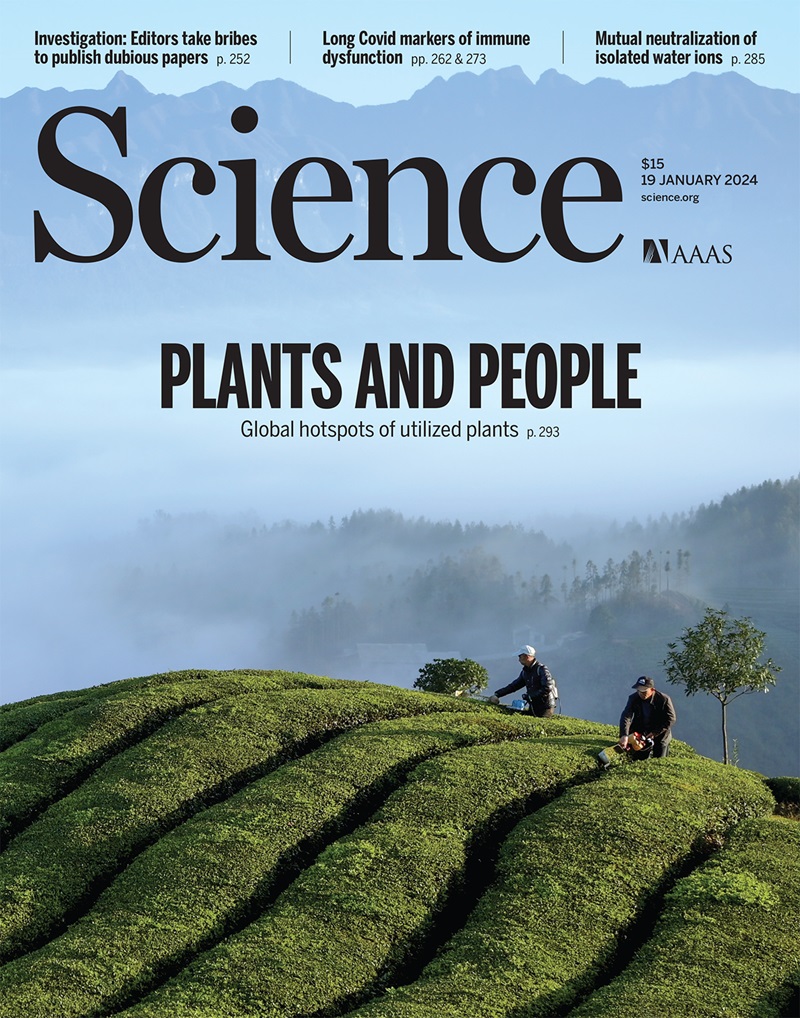激发食欲促进身体修复。
IF 44.7
1区 综合性期刊
Q1 MULTIDISCIPLINARY SCIENCES
引用次数: 0
摘要
免疫来源的饥饿激素在感染后恢复组织。本文章由计算机程序翻译,如有差异,请以英文原文为准。
Working up an appetite to promote repair
Neutrophils, monocytes, and macrophages are among the first immune responders to an infectious agent. Although a strong inflammatory response is essential to clear bacteria, the subsequent tissue repair responses that restore homeostasis after infection remain less clear. Neutrophils, which have remarkable phagocytic abilities and antipathogen defenses (1), are recruited en masse from the blood and bone marrow to sites of infection, where they function to capture and kill bacteria. Monocytes are also recruited to infection sites, and it has been presumed that these cells mature into macrophages and aid neutrophils in bacterial clearance. However, the exact functional role of recruited monocytes during bacterial infection was unknown. Monocytes are incredibly plastic and can functionally adapt during inflammation and injury to promote tissue repair (2–4). Although monocytes can phagocytose bacteria, is this their bona fide in vivo function, or can recruited monocytes acquire reparative roles?
求助全文
通过发布文献求助,成功后即可免费获取论文全文。
去求助
来源期刊

Science
综合性期刊-综合性期刊
CiteScore
61.10
自引率
0.90%
发文量
0
审稿时长
2.1 months
期刊介绍:
Science is a leading outlet for scientific news, commentary, and cutting-edge research. Through its print and online incarnations, Science reaches an estimated worldwide readership of more than one million. Science’s authorship is global too, and its articles consistently rank among the world's most cited research.
Science serves as a forum for discussion of important issues related to the advancement of science by publishing material on which a consensus has been reached as well as including the presentation of minority or conflicting points of view. Accordingly, all articles published in Science—including editorials, news and comment, and book reviews—are signed and reflect the individual views of the authors and not official points of view adopted by AAAS or the institutions with which the authors are affiliated.
Science seeks to publish those papers that are most influential in their fields or across fields and that will significantly advance scientific understanding. Selected papers should present novel and broadly important data, syntheses, or concepts. They should merit recognition by the wider scientific community and general public provided by publication in Science, beyond that provided by specialty journals. Science welcomes submissions from all fields of science and from any source. The editors are committed to the prompt evaluation and publication of submitted papers while upholding high standards that support reproducibility of published research. Science is published weekly; selected papers are published online ahead of print.
 求助内容:
求助内容: 应助结果提醒方式:
应助结果提醒方式:


